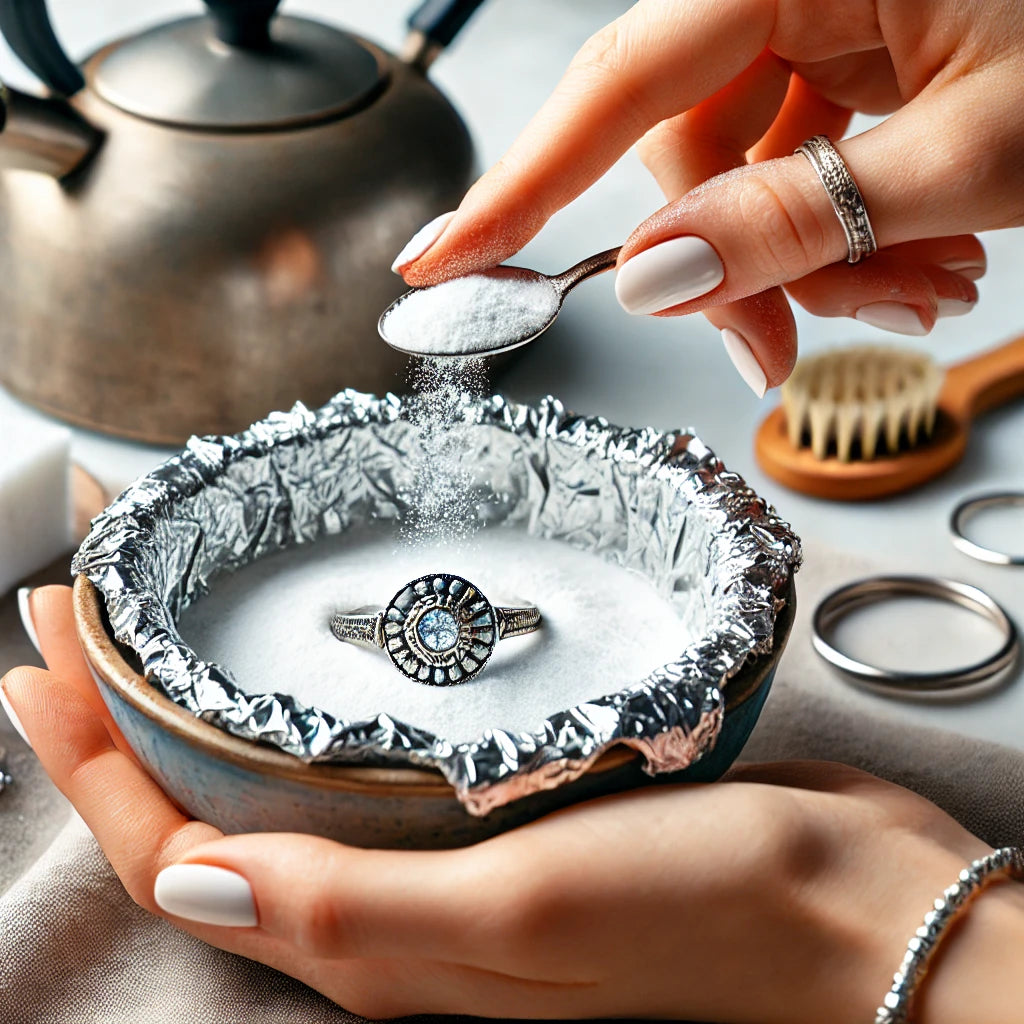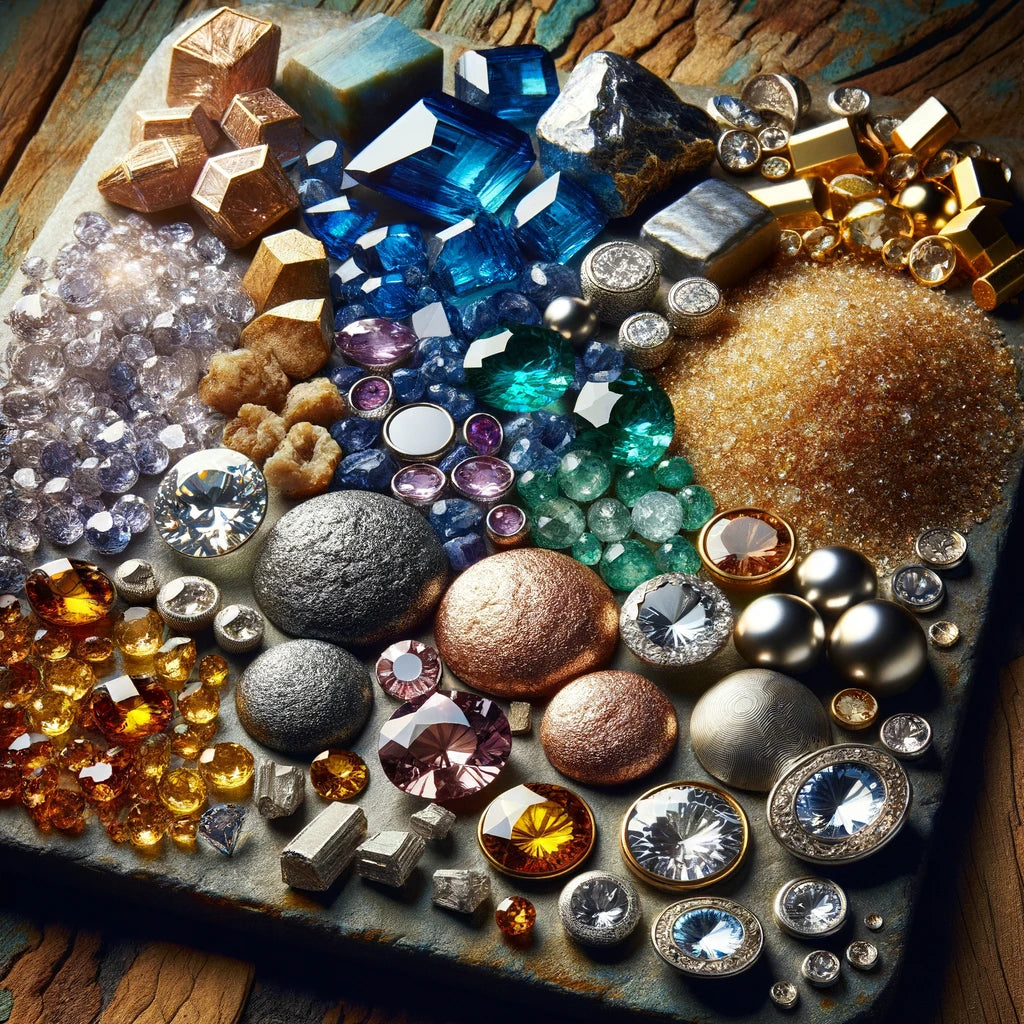Cleaning jewelry is essential for maintaining its beauty and longevity. However, certain cleaning methods and substances can do more harm than good. In this blog post, we’ll highlight common mistakes people make when cleaning their jewelry and provide safe practices to ensure your precious pieces remain in pristine condition.
Common Mistakes to Avoid
1. Using Abrasive Cleaners
What to Avoid: Abrasive cleaners, such as toothpaste (unless specified as non-abrasive), baking soda pastes, or any gritty substance.
Why: These can scratch the surface of delicate metals and gemstones, reducing their shine and potentially causing irreparable damage.
2. Soaking in Harsh Chemicals
What to Avoid: Harsh chemicals like bleach, ammonia, or strong household cleaners.
Why: These chemicals can cause discoloration and weaken the structure of metals and gemstones. For example, bleach can tarnish and pit the surface of gold and other metals.
3. Using Ultrasonic Cleaners Incorrectly
What to Avoid: Using ultrasonic cleaners for all types of jewelry without checking if it’s safe for specific pieces.
Why: While ultrasonic cleaners are effective for certain types of jewelry, they can loosen stones, especially in pieces with delicate settings or porous gemstones like pearls and opals.
4. Excessive Brushing
What to Avoid: Brushing jewelry too hard with even a soft-bristled toothbrush.
Why: Excessive force can loosen stones, damage prongs, and scratch metals.
5. Ignoring Manufacturer Instructions
What to Avoid: Not following specific cleaning instructions provided by the jeweler or manufacturer.
Why: Each piece of jewelry may have unique requirements based on its materials and construction. Ignoring these instructions can lead to damage.
Safe Practices for Cleaning Jewelry
1. Use Mild Soapy Water
Do: Use a mild soap and warm water solution for most jewelry cleaning. Mix a few drops of dish detergent with warm water, soak the jewelry for a few minutes, and gently clean with a soft cloth.
Why: This gentle method is safe for most metals and gemstones and effectively removes dirt and oils.
2. Soft Brushes Only
Do: Use a soft-bristled toothbrush to clean intricate areas, applying minimal pressure.
Why: A soft brush can reach crevices without scratching or damaging the jewelry.
3. Avoid Direct Sunlight and Heat
Do: Keep your jewelry away from prolonged exposure to direct sunlight and heat sources.
Why: Sunlight and heat can cause fading and damage, especially to gemstones like amethyst, citrine, and pearls.
4. Store Properly
Do: Store your jewelry in a clean, dry place, ideally in a soft pouch or lined jewelry box. Use anti-tarnish strips for silver items.
Why: Proper storage prevents scratches, tangling, and exposure to air and moisture, which can cause tarnishing.
5. Professional Cleaning
Do: Take valuable or delicate jewelry to a professional jeweler for cleaning and inspection regularly.
Why: Professional jewelers have the expertise and tools to clean and maintain jewelry safely, ensuring it remains in excellent condition.




